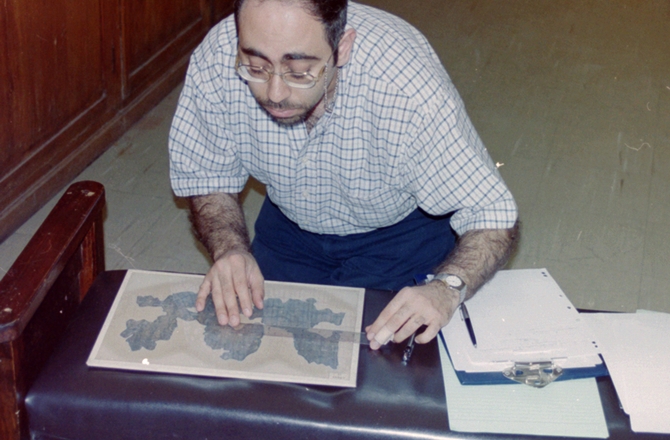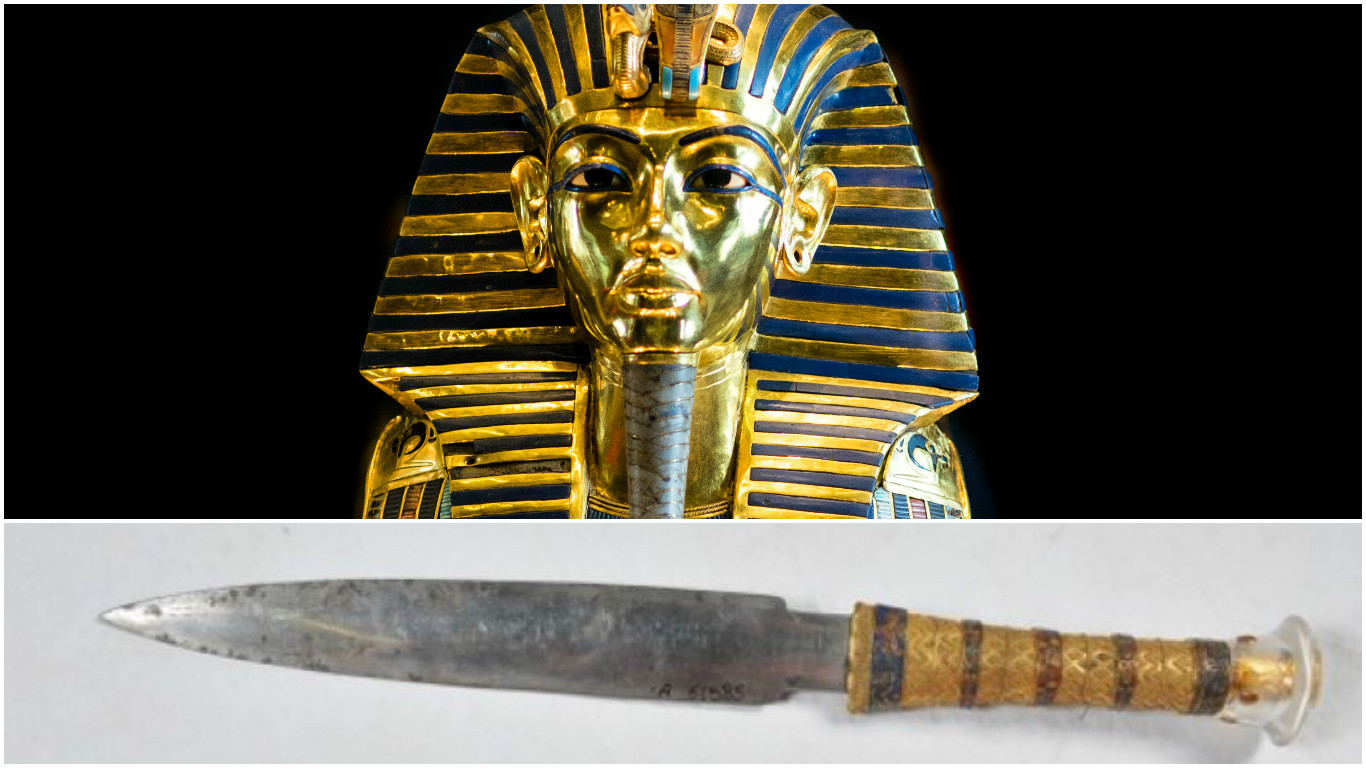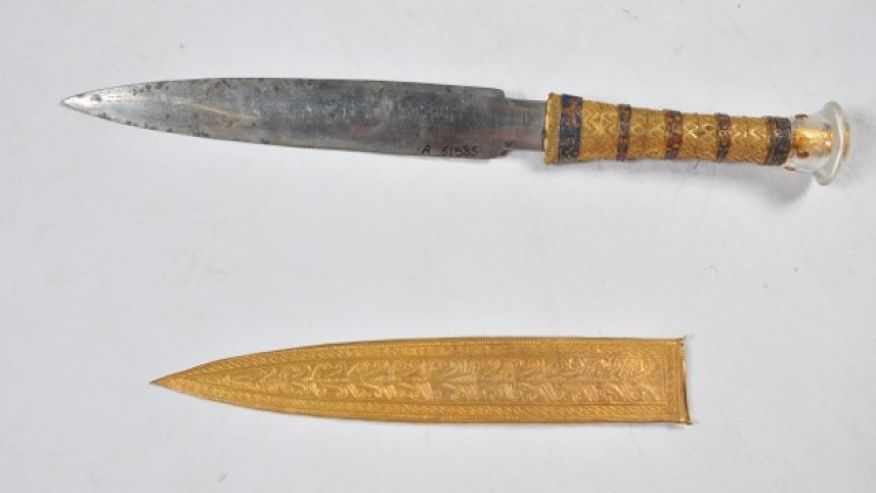To date the oldest Egyptian leather manuscript has been discovered on the shelves of an old Egyptian Museum... having been forgotten for nearly 100 years. The manuscript was thought to have been lost many years ago, dating back to 2300-2000 BC it measures up to 2.5 meters and contains valuable texts, colorful drawings and reveals new valuable information of the Egyptian Culture at that time in history.

Understanding that the manuscripts have texts and drawings on each side, the ancient roll measures up to 5 meters which makes it the longest leather roll found from ancient Egypt.” These ancient manuscripts contain religious texts and drawings that portray supernatural beings. Religious spells and texts are also found in the manuscript and it is believed that priests at the time used to recite them.
Sherbiny indicates that the roll portrays texts that illustrate a variety of temple rituals later adapted and performed at funerals. Similar events are commonly seen in the Middle Kingdom' of Egypt throughout the coffins of Necropolis of Hermopolis in Upper Egypt.

Amazingly the roll offers a more detailed iconography than previously found Hermopolitan coffins in terms of texts and drawings making this an exciting discovery. Sherbiny also pointed out that the historic roll shows aspects that were known to Egyptologists before appearing on the Hermopolis coffins. It is also thought that some segments of the writings were probably not the creation of Hermopolitan theologians, but rather a longer history of transmission likely came about before they were chosen to be used as coffin decorations. The ancient leather roll also has many illustrations and drawings not seen on any other coffins or historical monuments.

Understanding that the manuscripts have texts and drawings on each side, the ancient roll measures up to 5 meters which makes it the longest leather roll found from ancient Egypt.” These ancient manuscripts contain religious texts and drawings that portray supernatural beings. Religious spells and texts are also found in the manuscript and it is believed that priests at the time used to recite them.
Sherbiny indicates that the roll portrays texts that illustrate a variety of temple rituals later adapted and performed at funerals. Similar events are commonly seen in the Middle Kingdom' of Egypt throughout the coffins of Necropolis of Hermopolis in Upper Egypt.

Amazingly the roll offers a more detailed iconography than previously found Hermopolitan coffins in terms of texts and drawings making this an exciting discovery. Sherbiny also pointed out that the historic roll shows aspects that were known to Egyptologists before appearing on the Hermopolis coffins. It is also thought that some segments of the writings were probably not the creation of Hermopolitan theologians, but rather a longer history of transmission likely came about before they were chosen to be used as coffin decorations. The ancient leather roll also has many illustrations and drawings not seen on any other coffins or historical monuments.



 Credit: Polytechnic University of Milan in Italy
Credit: Polytechnic University of Milan in Italy